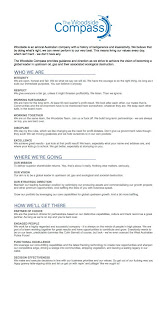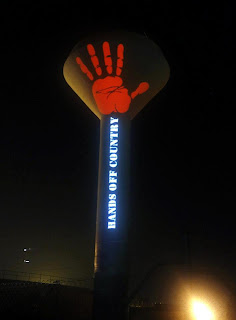THE KIMBERLEY: THE VISION FLOUNDERED
Howard Pedersen;
Kimberley Institute
Let me first pay my respects to the Yawuru people - the Traditional Owners of Broome and the lands and seas that surround this town.
I acknowledge the resilience of the Yawuru people who have survived the brunt of history and the way others from far-away places have come here and shaped this town since it was first gazetted by the Western Australian government in 1883. And now your traditional ownership is an unimpeachable fact in Australian law.
I also thank Notre Dame for inviting me to speak here tonight. I’m not unaccustomed to writing speeches but rarely do I have the opportunity to actually speak to one myself.
I thought at first I might talk about Jandamarra, the Bunuba legend–who I co-wrote a book about with an old Bunuba man in 1995 but the Kimberley of 1995 is a vastly different place to the Kimberley of this first decade of the 21st century. I thought I might venture into something a little bit more contemporary and controversial and tackle the current debate about the proposed industrial development of the Kimberley.
Something huge and obvious is missing in the current debate about the future of the region.
Since returning to Broome early this year it appears to me that there is a no coherent opposition to future industrial development proposals. I know there is plenty of forthright discussion about the pros and cons of the proposed Liquid Natural Gas (LNG) processing facility on the Kimberley coast but I don’t get a sense that there is a serious political analysis of the existing development paradigm being put forward for the industrial development of the Kimberley.
Without a clearly articulated alternative vision about the future of the economic and social development of the Kimberley the force of western style big project development with its arguments about trickle down social and economic benefit will triumph.
There has been too much emphasis put on the proposed LNG industrial precinct at James Price Point as though that is the beginning and end of the argument. The Gas development is ultimately the starting point for the industrial development of the region. The history of the Pilbara tells us that these developments do not happen in isolation. Today the discussion is about James Price Point, in another decade it may well be about extracting bauxite from the Mitchell Plateau.
What happens then if the mega corporate consortium that has control of the gas reserves in the Browse Basin decides not to proceed with the Western Australian Government’s favoured location and chooses instead the cheaper option of piping the gas to the Pilbara?
Will it mean that Broome and the Kimberley will be spared the impacts of industrial development? I don’t think so.
The Browse Basin will inevitably be developed. Woodside, BP, Impex, Shell, BHP Billiton and Chevron are leaseholders of one of the biggest natural gas fields in the world that is expanding rapidly as more and more discoveries are made. And they will have multiple floating gas rigs that will need to be supplied with water, equipment and labour to keep up production around the clock.
James Prices Point may be saved but Broome is destined for an Industrial future in some form.
Whether the Kimberley coast becomes the on-shore production point for the gas or just the supply base for the Browse Basin, it is inevitable that at some time in the not too distant future, Broome and the Kimberley generally will be changed by development and increased settler population.
If we are looking at this debate in old fashion binary terms, you would have to say that the development side is winning. And the reason for this I believe is that they have a story which strikes a public chord, particularly at a time of economic recession. It’s a simple story about spell bounding wealth of tens of billions of dollars and thousands of jobs. But what makes the Browse gas development such a compelling proposal to sell is that there is apparent Aboriginal support.
Traditional Owner “in principle” support for the construction of the proposed processing plant at James Price Point will result, we have been told, in increased government investment for health, education, housing and other citizenship entitlements; the Closing of the Gap.
And we are assured it will mean that young Aboriginal people have a chance to grow up knowing that they have an economic future because a so called “real economy” will have been created. Not just a narrow economic base reliant on tourism, pearling and government administration.
Like me, I am sure many of you here do not find this argument convincing. Where in the world has large scale industrial development ever benefited Indigenous societies? World history tells us that that economic development on a grand scale leaves Indigenous people more marginalised as their environment is taken over by waves of settlers from the dominant society.
Many Kimberley people I know look to the Pilbara’s historical experience and imagine a fearful future in this region for their children and grandchildren. The Pilbara has been a huge source of Australia’s national wealth over the past five decades but while people in Perth and other places have benefited from iron ore and gas development the Traditional Owners of that region have been devastated, both socially and economically.
But the concerns people have about industrial development in the Kimberley have not translated into a critical deconstruction of the prevailing development paradigm. Nor has an alternative paradigm emerged in public discussion.
The notion that the Kimberley should be preserved as one of the last wilderness places on earth is an unsustainable argument because it is not true. This region has sustained human societies for thousands of years and the last 130 years of European occupation has left an indelible mark.
The Kimberley is for ever changing and to suggest that development should be stopped so that what is here can be protected for its intrinsic worth defies historic reality.
When I first came to Broome in 1977 the population was about three thousand people of which born and bred locals– Aboriginal and mixed descent people mostly – made up over three quarters of the town’s population. Derby then was the capital of the Kimberley with nearly twice as many people as Broome.
Broome’s permanent population is today approaching seventeen thousand and in the peak tourism season, which is about now, the population reaches up to 50,000. The issue is not about whether development should be stopped because that’s a furphy -it’s happening anyway. The real questions to be asked are - what sort of development should take place in the Kimberley; how should that development be managed and how should the people of the Kimberley participate in the decision making and planning processes as the future is determined?
If these become the questions that frame public debate then we have an opportunity to develop a different vision for the Kimberley from the current existing and largely uncontested paradigm that big resource development is the natural order of human progress.
The current debate over the gas proposal is a far cry from the politics that I encountered in when I first came to the Kimberley in the late 1970s. The region then was experiencing social turmoil on an epic scale.
In 1971 the majority of Aboriginal people in the Kimberley lived in colonial conditions – either in church missions or pastoral stations or on reserves controlled by the Native Welfare Department located in all Kimberley towns. This was six years after the Northern Territory pastoral equal pay decision and the Kimberley was the last area in Australia for that decision to take effect.
The Western Australian Government could see a looming crisis and commissioned a team of accountants, social planners and anthropologists to recommend a settlement and government service strategy for the Kimberley. The Stott Report commissioned by the Brand Government recommended that independent Aboriginal communities be established with public funding to support community development which would allow Aboriginal people to engage the dominant society from a position of strength and capacity.
This was the theory; and it was accepted by the State Government in principle, if only marginally in practice. The alternative was an influx of thousands of refugees flooding into Kimberley towns which would make those towns unliveable.
So the next time you hear that the creation of discrete Aboriginal communities was a left wing conspiracy designed by Nugget Coombs; be reminded that an early version of the Aboriginal homeland policy was first adopted by the conservative Western Australian Brand Government in 1971. Something else happened in 1971, which is often overlooked in history. William McMahon was Prime Minister and in that year he attended a meeting in Singapore of Commonwealth Heads of Government (CHOGM) whose agenda was dominated by Ian Smith’s unilateral declaration of independence in Rhodesia that nine years later became Zimbabwe.
That some four hundred thousand white people could rule over eight million black Zimbabweans was a direct challenge to decolonisation and the Universal Declaration of Human Rights to which the British Government in particular was committed. CHOGM decided to impose trade sanctions and lead an international campaign against Smith’s regime.
For Australia to take a moral stand on this issue it needed to clean up its own backyard and when our Prime Minister returned home he immediately instructed all State Governments to repeal any legislation that formally discriminated against Aboriginal people. As it so happened state governments had been progressively repealing discriminatory legislation against Aboriginal people throughout the 1960s – a process that accelerated after the constitution was changed in 1967 that gave the national parliament power to make laws for Aboriginal people.
But in 1971 there was one law which discriminated against Aboriginal people remaining on the Western Australian statutes. The Liquor Act contained a special provision for Kimberley Aboriginal people which stipulated that only those with a permit were allowed to buy and consume alcohol. The Western Australian Government argued for its retention claiming that there would be huge social consequences if it was repealed. But McMahon insisted that the national interest was more important and the law was repealed without any consideration of any measures that could be put in place to avert the social tragedy that we are only now beginning to grapple with.
The freedom to drink grog coincided with an internal refugee crisis in the Kimberley that was unprecedented in Australian history. The Kimberley was warned about the impact of equal wages in the pastoral industry but governments did nothing to ameliorate its impact. When the equal wage decision was finally applied here in the early 1970’s mass evictions from pastoral properties happened with merciless speed.
Fitzroy Crossing’s population swelled from two hundred to two thousand in just three years. Halls Creek’s population more than trebled and in 1972 the population of the Derby Reserve numbered over five hundred living in the most horrific conditions. The refugees from pastoral properties joined hundreds of others who fled Sunday Island and Forrest River when those missions closed.
In this period of mayhem, violence and death the quality of Aboriginal leadership shone. They were determined to save their families and communities from destruction and create settlements on traditional lands. The Whitlam and Fraser Governments intervened in some small way and purchased a number of cattle stations that began to allow people to determine their own lives and the futures of their children. Doon Doon, Biluluna, Lake Gregory, Fraser Downs, Noonkanbah and Milligidee were acquired in rapid succession in the 1970s as the Kimberley homeland movement rapidly gathered strength.
The determination to live on traditional land was far more than a desire to live in peace and restore social order. It was underpinned by an unwavering commitment by Aboriginal leaders to protect their culture and way of life. And in this they were supported to a limited degree by the national government. Over the next two decades public investment built a formidable community organisational structure to support land rights, culture and language.
Here were signs of a potential development paradigm for the Kimberley region where Aboriginal culture could flourish and co-exist with western economic development. But it is a vision that threatens the State Government’s historic mission to develop the Kimberley along western notions of land, water and other natural resource exploitation.
At Noonkanbah station in 1980 the contest over the two visions for the Kimberley came to a head over sacred sites when the State crushed Aboriginal opposition to mining. That conflict gained national attention and rallied considerable support in mainstream Australia for the rights of Indigenous people to protect and maintain their culture. Noonkanbah had a huge impact on the politics of Aboriginal Australia. It became a rallying point for the national Indigenous political movement. It was pivotal in mobilising public support for the concept of a Treaty between Australia’s First People and the nation state and sowed the seeds of the people’s movement for a reconciled nation.
All that seems light years away now.
Aboriginal culture has been demeaned and diminished in the Australian public imagination as a consequence of a sustained political campaign against Indigenous rights. And as a result there is now far reaching consensus in the Australian body politic that the future for Aboriginal people lies in their absorption into the social and economic fabric of mainstream Australia.
A demonstration of that consensus is the Rudd Government’s support for the industrialisation of the Kimberley coast. The Rudd Government’s Closing the Gap strategy is predicated on Aboriginal people adopting western values particularly relating to employment. It’s housing, education, Health and even native title outcomes are very much geared around Indigenous participation in the labour market. And without industrial development the strategy cannot work.
Such is the force of this consensus that it is deemed heretical to suggest an alternative view predicated on sustaining language, laws and culture as an enhancing factor in the Kimberley’s development. Those who advocate that cultural recognition should be the basis of good government policy are condemned for not confronting the reality of crippling poverty and community dysfunction much of which can be laid at the feet of failed Government policies of the past.
Indigenous public policy has now become entwined with old fashioned regional development and economic development agendas. But the debate must reach beyond the trivia and disinformation where it is currently trapped. We must look seriously at the future of this region that many believe has world heritage status because of the cultural relationship that Indigenous people have with an extraordinary diverse and spectacularly beautiful physical environment.
There must be some transparency in the debate about the development ethos that underlies the proposed Kimberley coastal development.
Recently the Western Australian Premier, Colin Barnett, interviewed on the 60 Minutes Program described the proposed James Price Point gas facility as the “beginning of the beginning” for the Kimberley. It’s as if to say that history starts from now. But the truth is that the development philosophy behind the Browse Basin has a long history in the Kimberley. And the Government spin that to date surrounds the gas proposal is strongly reminiscent of the hyperbole that has surrounded every major development in the post 1829 history of the Kimberley.
The first attempt by white people to develop the Kimberley was at Camden Harbour in 1863 when a small fleet of ships landed about 200 people from the colony of Victoria. Their objective was to establish a province based on cotton production and build a city that they planned to name Grey after the young English explorer whose glowing reports they based their hapless venture. The settlement collapsed within a year and the Worrorra, on whose land the colonist had laid claim, continued their lives in their own development paradigm which had been determined by the Wandjina of their Dreaming.
A decade and half later Alexander Forrest led an expedition along the Fitzroy and Ord Rivers and came back to scenes of jubilation in Perth. In another outburst of capital raising enthusiasm Forrest claimed that finally the Swan River colonists had found the Eldorado which would propel Western Australia into financial sustainability and political independence from Britain. Here in the farthest reaches of the colony he had discovered the finest pastoral lands in Australia.
With equal enthusiasm the colonial government with the solution for the economic independence of the colony then formally gazetted the whole region as the Kimberley and named it after the British Secretary of State for the Colonies.
By 1883 squatters from southern Western Australia and other parts of Australia rushed to the Kimberley to take up their pastoral leases. In that year Broome and Derby were gazetted as towns and in 1885 Wyndham was gazetted. At the end of 1885 gold was discovered at Halls Creek which prompted a short lived rush of 10,000 prospectors.
Such was the promise of large scale settlement that the Western Australian Government even considered building a railway line between Wyndham and Broome. But by the 1890s the economic development of the region had stalled. Floods, drought, disease, ticks and the distance from markets ruined any prospect that the Kimberley would be Western Australia’s economic Eldorado. But it was the extent of Aboriginal resistance to pastoral settlement, especially in the mountainous regions of the central and east Kimberley that caused a massive public outlay for very little economic return for Western Australia.
By the turn of the century a quarter of all Western Australia’s police were stationed in the Kimberley to protect less than one percent of the State’s settler population. Such was the cost of policing and imprisonment that in 1910 the government resumed a number of small pastoral leases in the East Kimberley and created Moola Bulla and Violet Valley Reserve as a place of sanctuary for Kitja and Woolah people.
An old Kitja man, Bobajee Thomas, told me in 1980 that he was child during the time of warfare and remembered the old people talking about the Moola Bulla initiative as a genuine peace treaty between the Government and Aboriginal people. But those people familiar with the history of Moola Bulla know that there was no honour on the part of the Western Australian Government to do the right thing by Aboriginal people.
By the time Aboriginal people were brought under “permanent subjugation”, the romantic visions of wealth from the Kimberley pastoral industry had pretty much dissolved. Very few squatters stayed in the Kimberley for long. Most made their money from cheap Aboriginal labour and overstocking and left the country. The pastoral beef industry continues to dominate the Kimberley’s land use while adding a minimal return to the State’s Gross Domestic Product.
Ninety nine stations cover over half the region’s land mass. For some decades the industry claimed it was the backbone of the Kimberley’s economy principally because meatworks in Wyndham, Derby and Broome were big employers. But all those meatworks have long closed and industry is now employing less people than it ever has in its history.
After the Second World War there was a significant change in the way the Australian government viewed northern Australia particularly with respect to the strategic defence of the nation. The “populate or perish” thesis had taken a firm hold of government thinking and Prime Minister Menzies in the 1950s began to put pressure on Western Australia to invest in northern development. But Western Australia had lost its appetite for the northern vision and actually proposed at one point that the Commonwealth should take responsibility for administering all the state’s land above the tropic of Capricorn.
When David Brand came to power in 1959 and appointed the master oracle of the grand vision Charles Court the Minister for Water and the North West all concerns about the futility of developing the north were forgotten. Court embarked on an extraordinary campaign to get Commonwealth backing for large scale horticultural production in the Ord River Valley based on irrigated water from the damming of the Ord River. Scientific feasibility studies at the time concluded that it was a hair brain scheme but Court was not to be denied and he hired consultants to provide the reports that supported his vision.
Eventually the Commonwealth supported the scheme and Lake Argyle was constructed in 1974 as the biggest artificial lake in the country but the worth of the whole endeavour of the Ord River Irrigation Scheme is yet to be realised. The Mirriwung Traditional Owners were never consulted about Mr Court’s vision, or the inevitable devastation of their traditional lands and rivers. They were simply up rooted from the former Durack Stations and relocated to the Mirima Reserve on the edge of newly created town of Kununurra and almost guaranteed social disintegration.
There is a lesson in Kimberley history for all contemporary politicians who today see all our economic futures being sustained from the output from the Browse Basin. The Kimberley and the schemes of economic development embarked upon by governments and entrepreneurs have a chequered past but the point I’m trying to make is that the imposed western style development paradigm that began at Camden Harbour and has its nearest horizon on the coast north of Broome has been a disaster for Kimberley Traditional Owners and the region generally.
As the cliché goes, when history is ignored it is destined to be repeated. Extraordinarily the same thinking that got us into this mess in the first place is now being proposed as the solution.
There needs to be a new development paradigm that links wealth creation, Indigenous culture, environmental protection and social cohesion as indivisible components. I believe that is possible for the Kimberley but new thinking will not come from governments or industry. An alternative vision from the one behind the gas development will need to be constructed by people who live in this region.
Some believe that there is such entrenched division in the Kimberley that it is impossible to develop a shared vision and therefore we are destined always to respond to external economic and political forces. I don’t accept that. I believe that shared interests of those living in the same geographic landscape can override apparent differences and bring people together to forge agreement on a common regional vision.
The people of the Kimberley are capable of articulating their own vision for the region and certainly capable of building that vision into something sustainable and worthwhile.
In 1998 at the Kimberley: Our Place Our Future Conference in Broome a sound future vision for the Kimberley and its people was articulated. It was attended by pastoralists – black and white, community leaders, local government, a range of industry people, environmentalists, politicians and government officials and many others representing the rich mosaic of Kimberley society.
People came to the conference with a sense of determination that the Kimberley and its people are unique and that future developments could incorporate economic development alongside the cultural and social imperatives of all the peoples of the region. Things could be different in the Kimberley and Kimberley people were capable of working together to achieve a shared vision for our home.
Regional unity is a powerful political weapon because it threatens the capacity of government’s and corporate interests to impose their agenda. Community division is the key for governments based in distant cities to maintain power over regional and remote societies.
In 1998 the opportunity to forge a new development paradigm and negotiate a new relationship between the Kimberley region and governments was foregone. But with the national spotlight once again on the Kimberley coast; now the time may well be right. One gets a sense that government policy for regional and remote Australia is in turmoil. The handling of Browse to date only confirms this view. There is a confused narrative and lack of conviction in the region and that is reflected in how governments and their agents are again failing to include the people of the region – those who are most affected.
The current Commonwealth Government has inherited a comprehensive political program from the Howard Government that has been shaped by neo liberal economic thinking that lacked intellectual integrity and which has largely collapsed since the global financial crisis.
While Governments may believe in the welfare reform agenda and coercive and punitive measures designed to change individual behaviour, their own demand for empirical integrity in the delivery of real outcomes will expose the brittle nature of their ideological aspirations.
The incoherence of government policy at all levels is obvious in the Kimberley. On the one hand governments promote assimilation or mainstreaming yet at the same time native title recognition is entrenched within the law of the land. Governments talk about partnership yet they practice authoritarian intervention at the community and individual level. It places huge emphasis on promoting Aboriginal participation in the old economy such as mining and pastoralism and yet the evidence is that job growth prospects are in the new cultural economy such as land management, tourism and the emerging carbon abatement industry.
In conclusion I want to map out very briefly what I think could be the basis of a new development paradigm. I believe that there should be a comprehensive agreement for the Kimberley that takes the form of a regionalised Treaty that is negotiated between representatives of all people in the Kimberley and the Commonwealth and State Governments.
That agreement should recognise Aboriginal people’s ownership to land and their right to practice their culture. It should redesign the Kimberley’s land use and land management regime so that economic opportunities can coexist with cultural and social life. And it should restructure Kimberley governance so that services can be delivered effectively and with proper accountability.
Whatever the future of the Kimberley might be, unless Kimberley people are incorporated into the development and implementation of a Kimberley vision then we are all sitting on the beach at Camden Harbour. But equally, if we the people of the Kimberley abdicate our responsibility to dream and contribute to the vision and allow Governments and multinationals to determine our future then we should prepare to roll our swags and await for our children to rake over the ashes of our failure to take responsibility for the future of one of the most beautiful places on earth.
Thank You




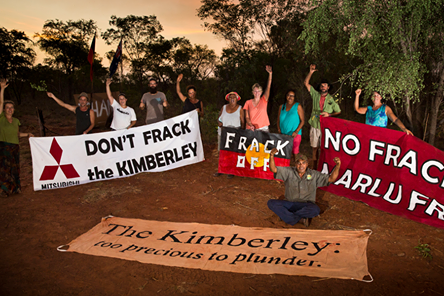


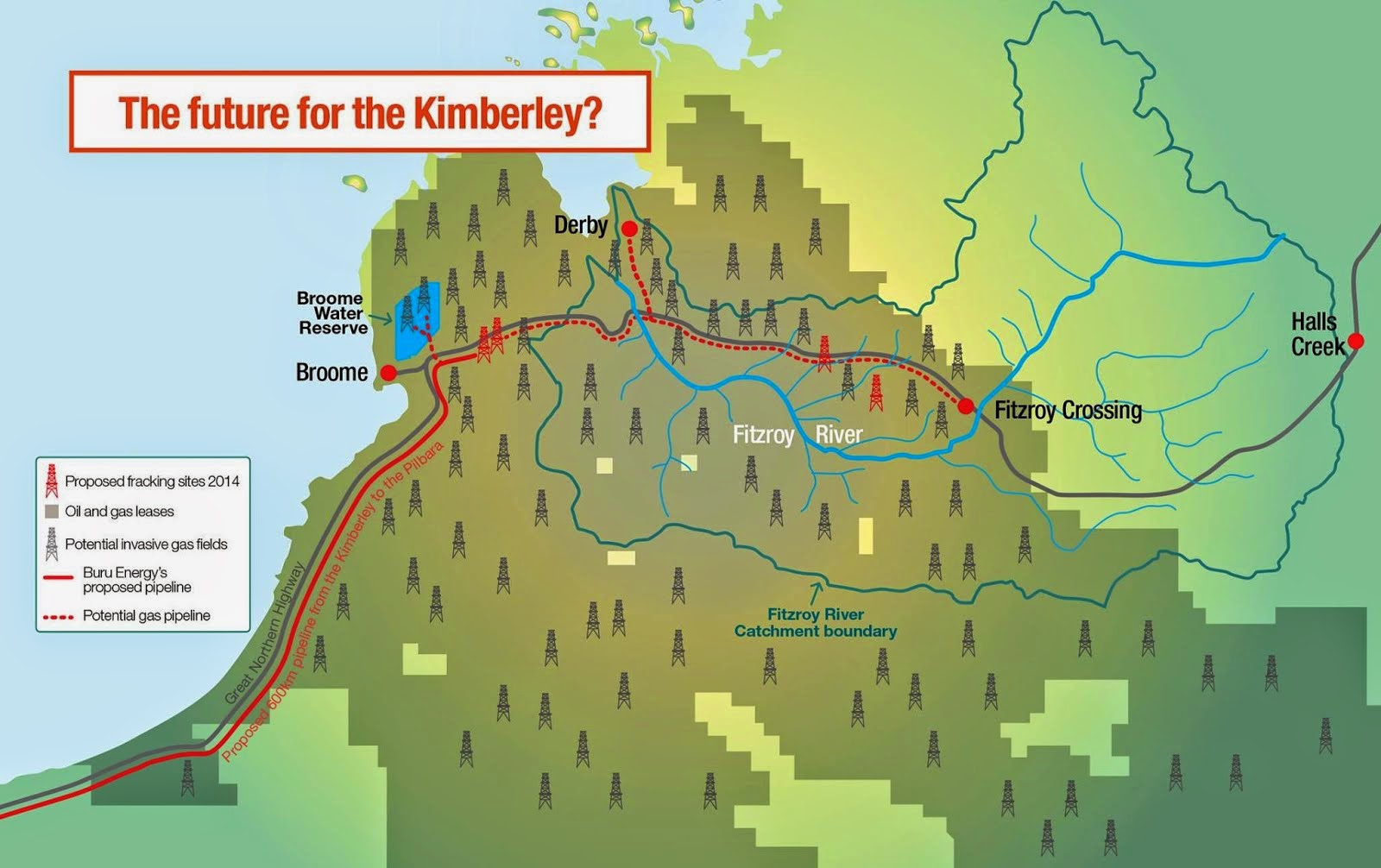





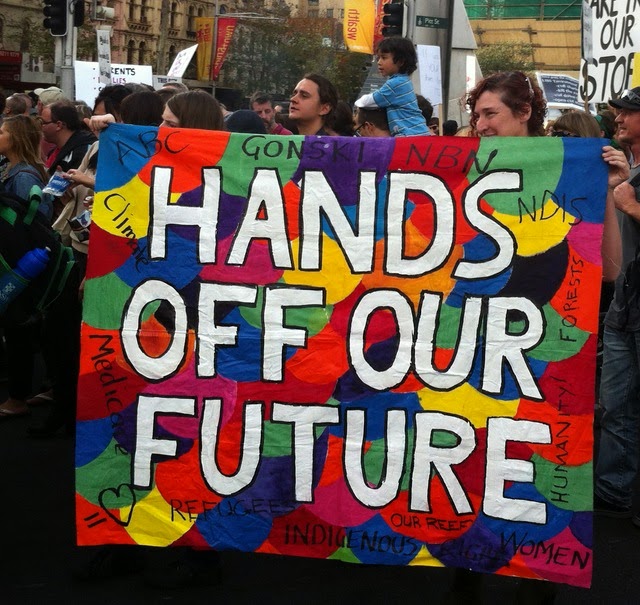


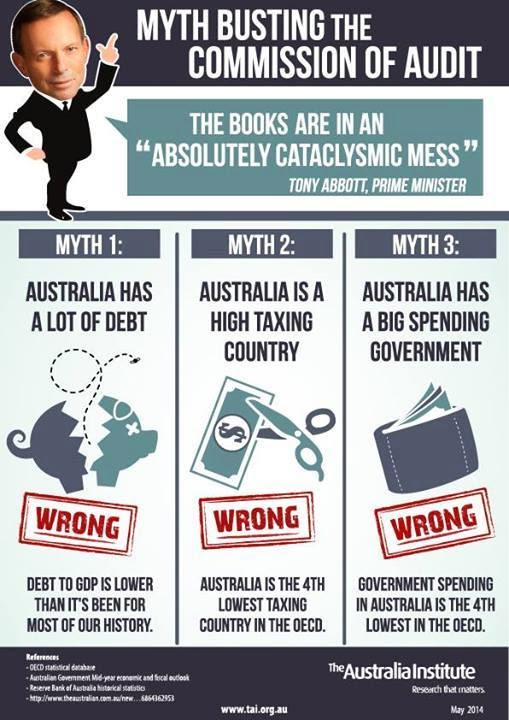
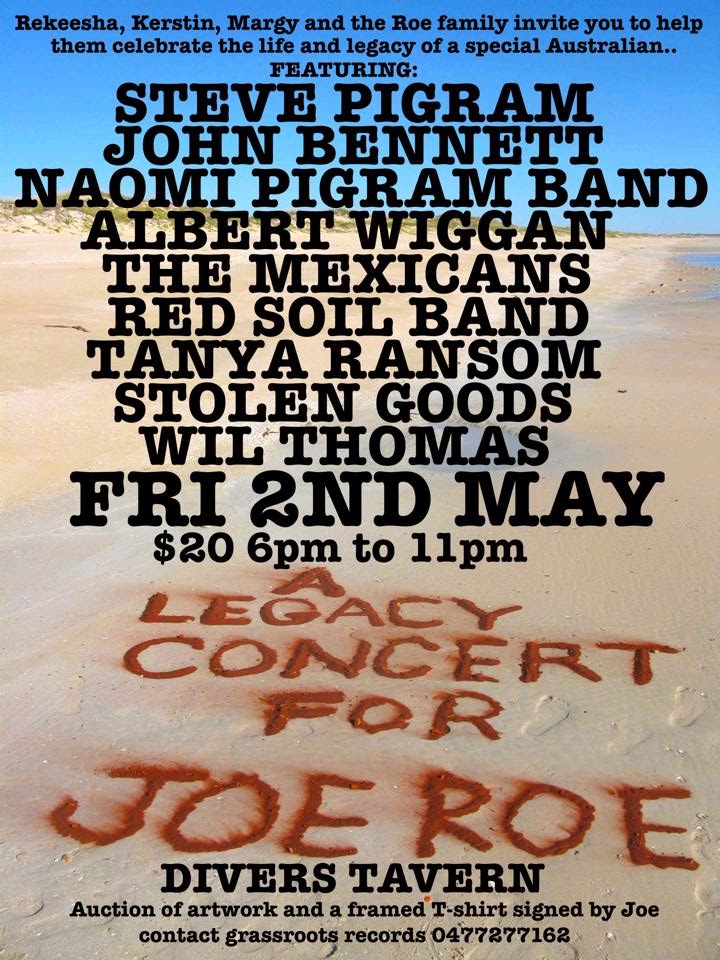

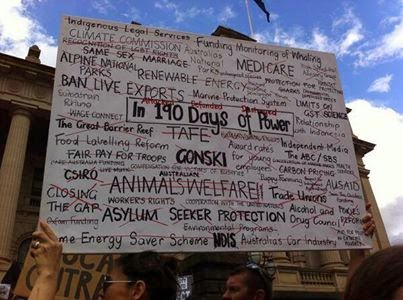


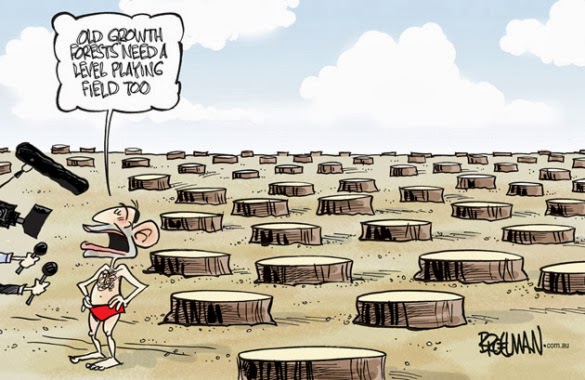
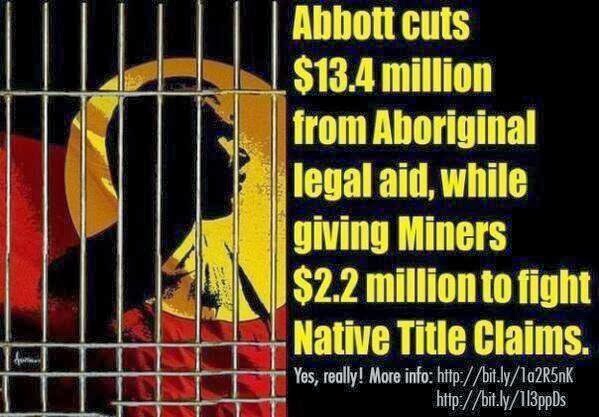
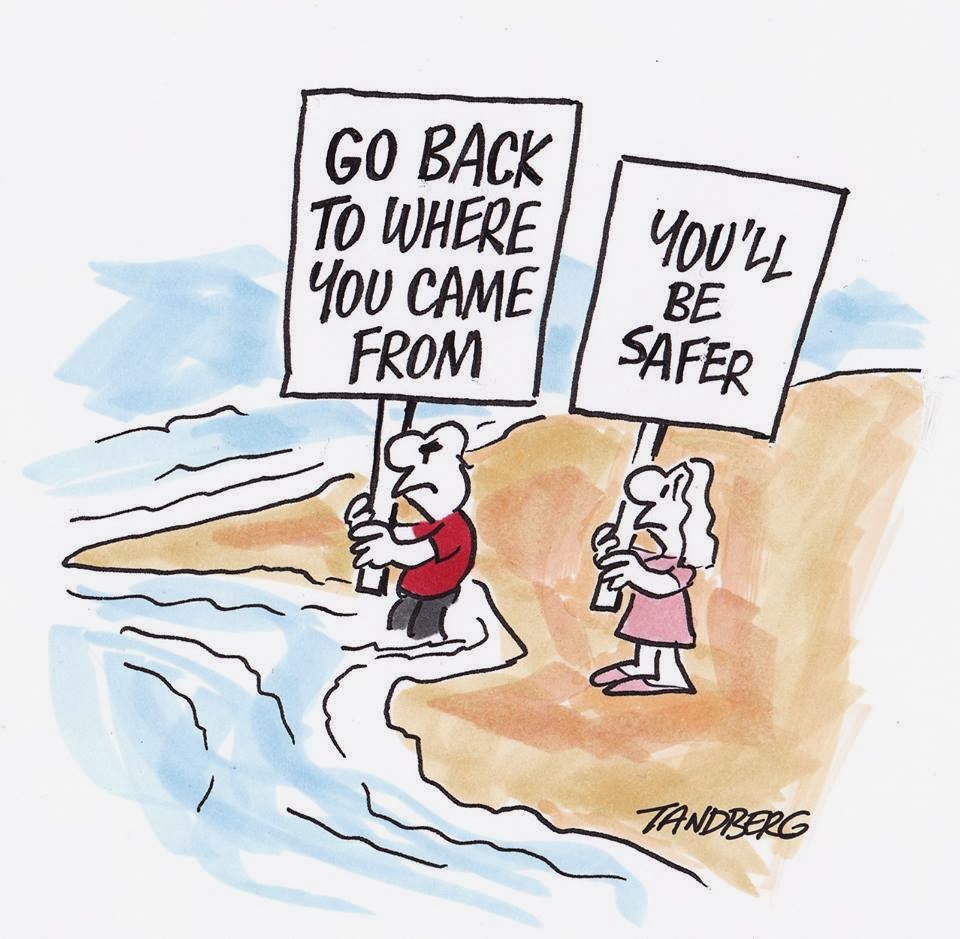

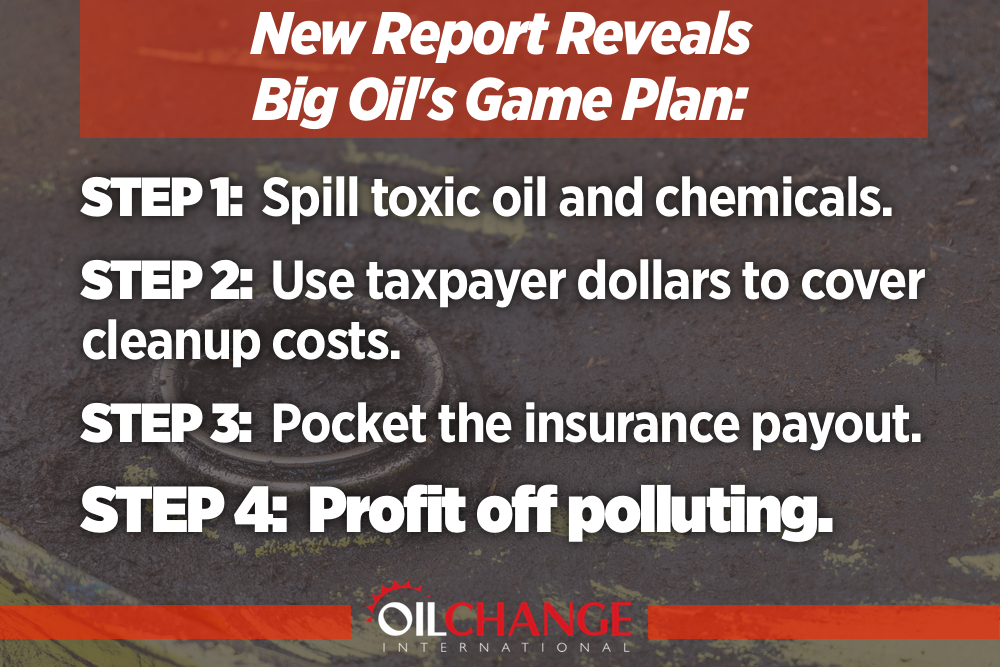
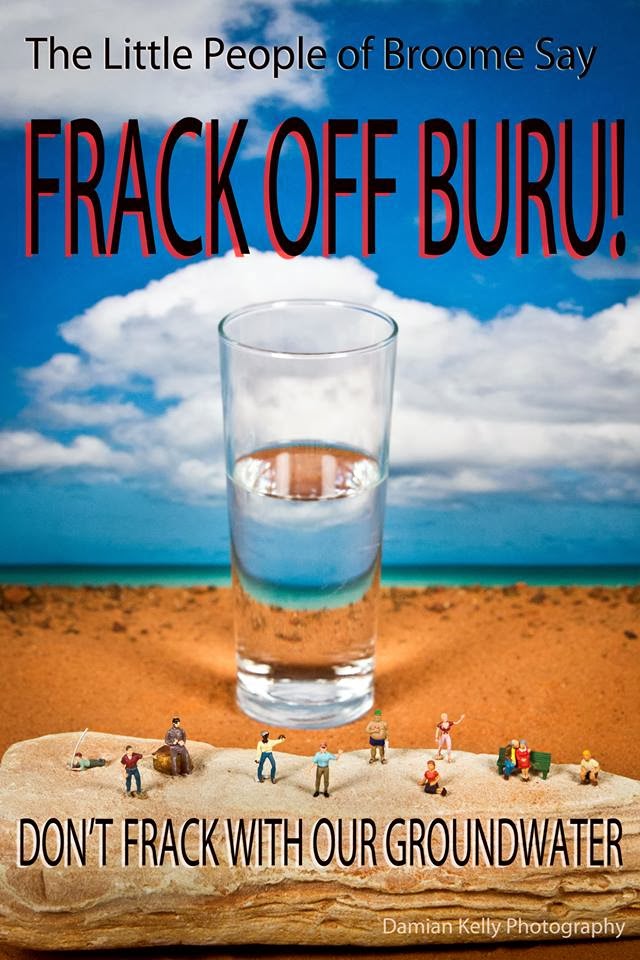
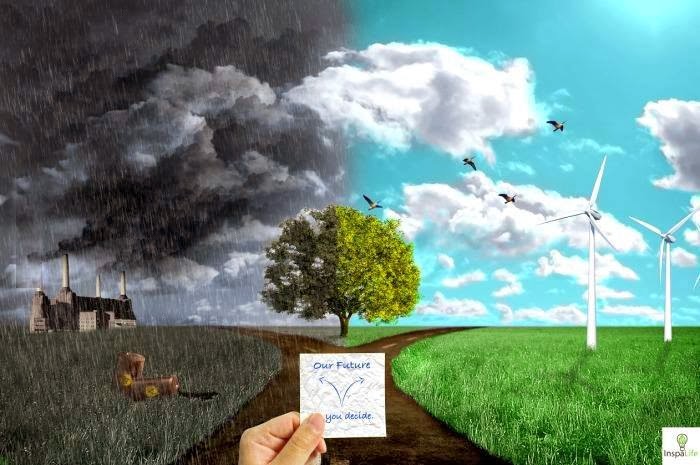
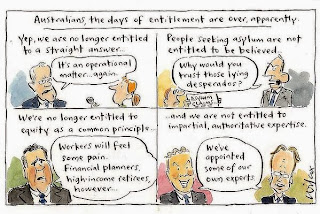



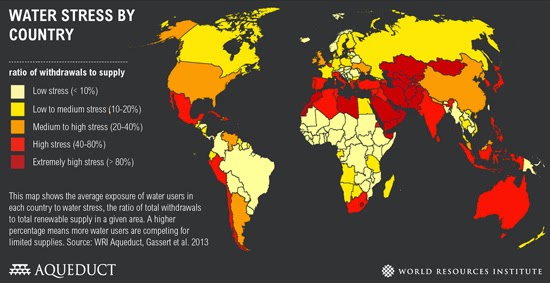

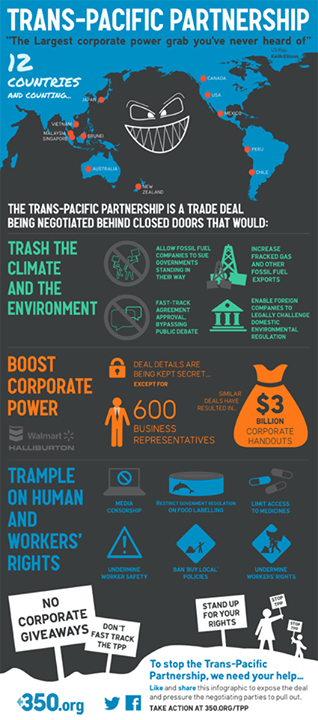













 Photo Damian Kelly
Photo Damian Kelly











